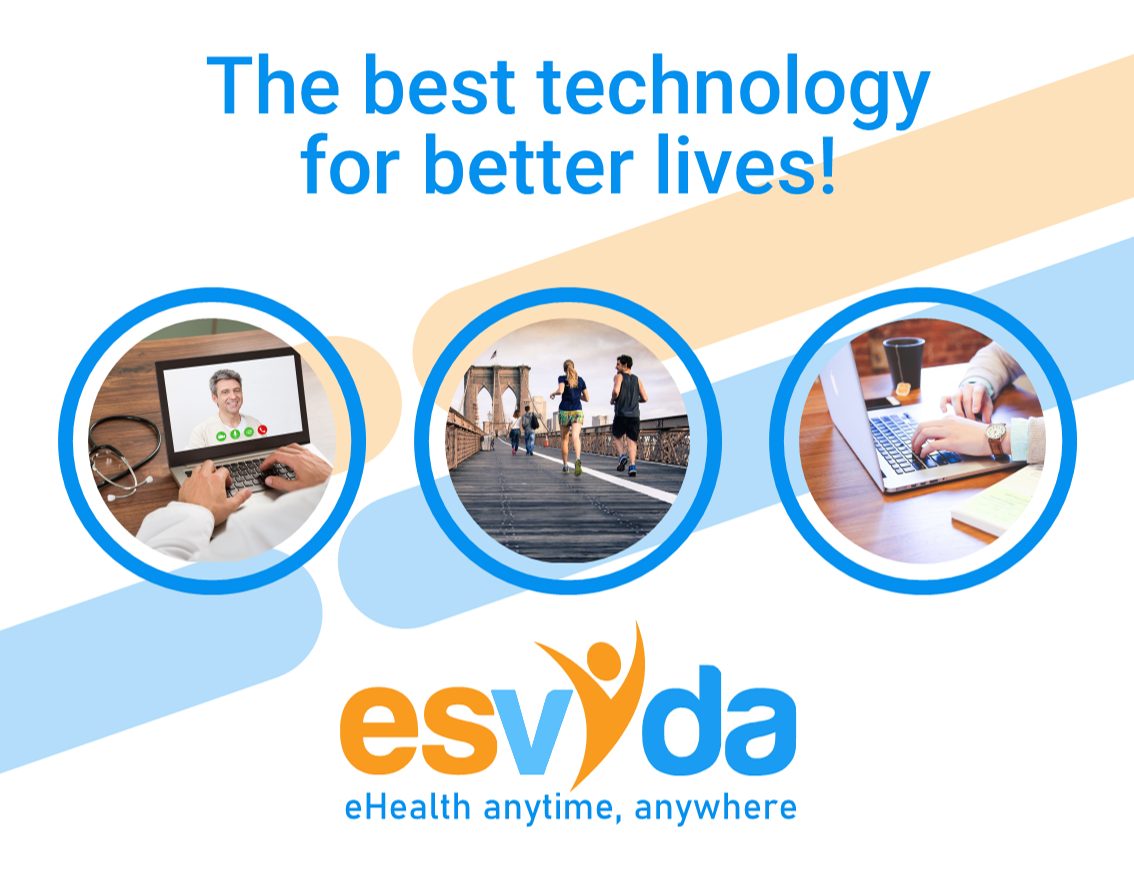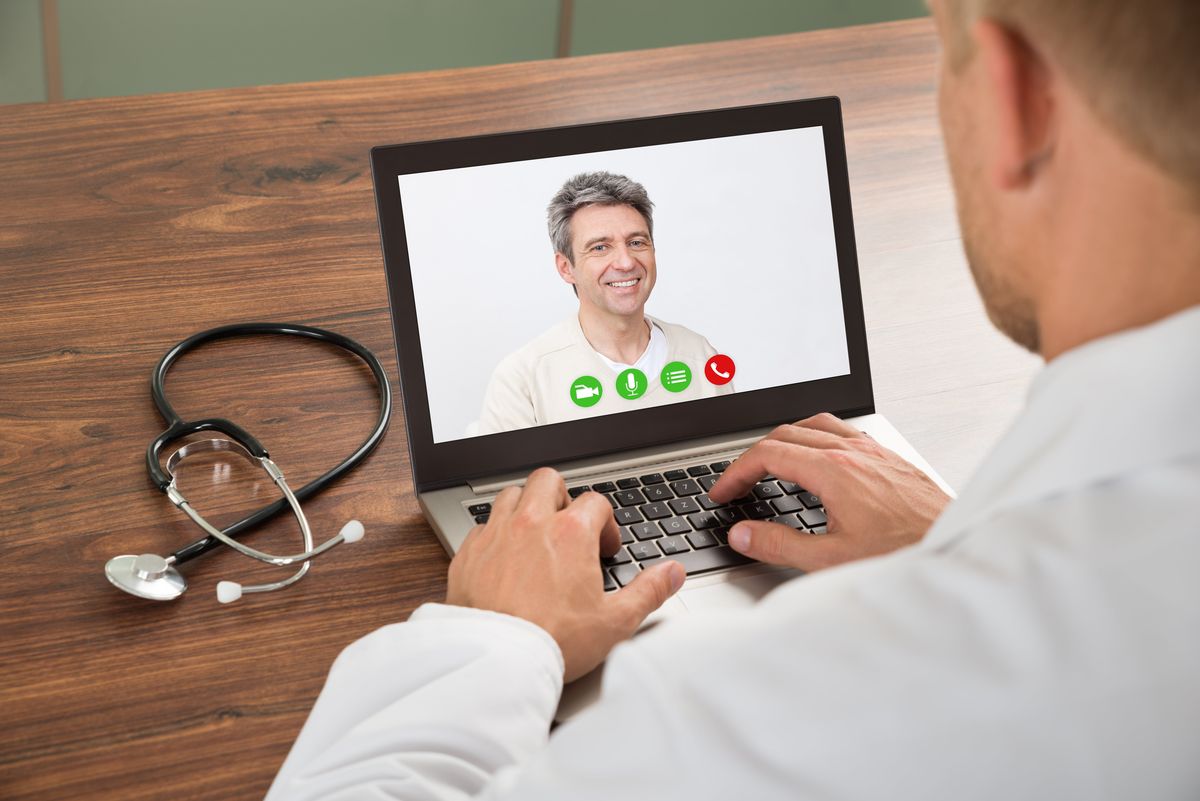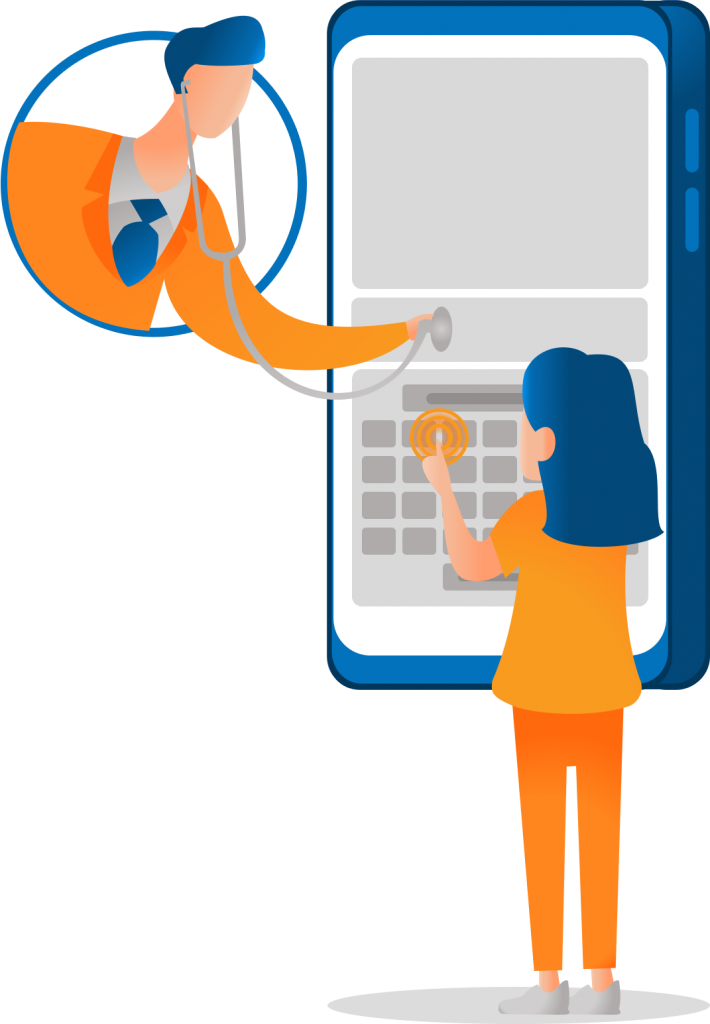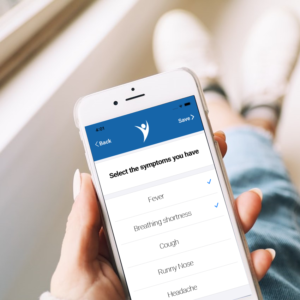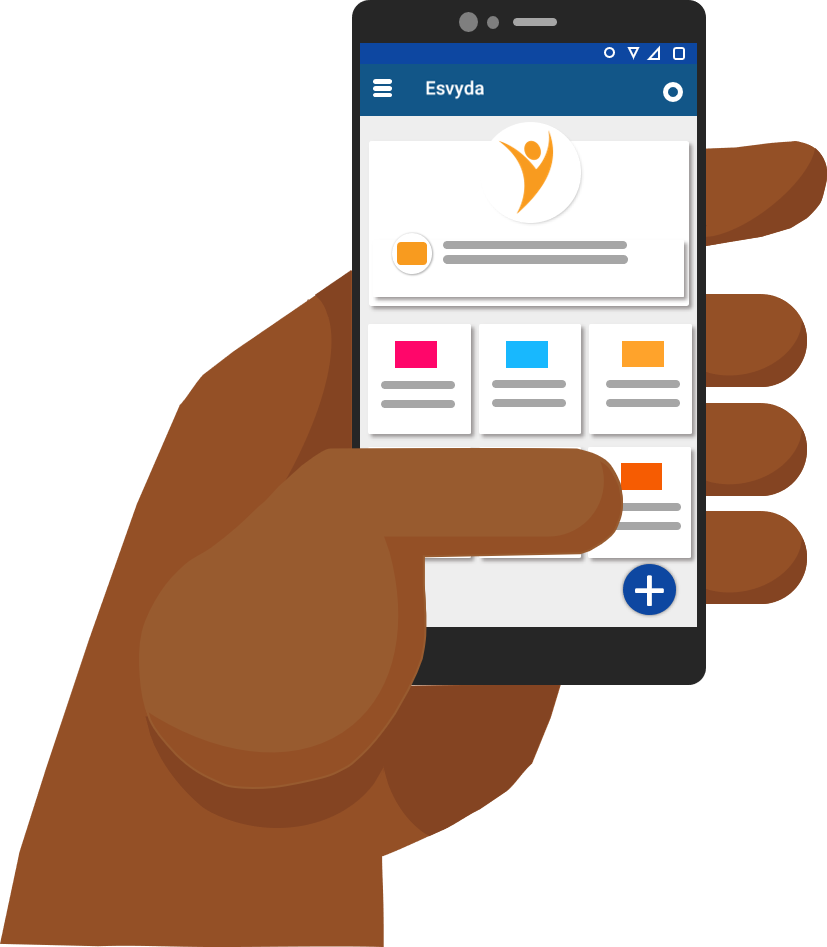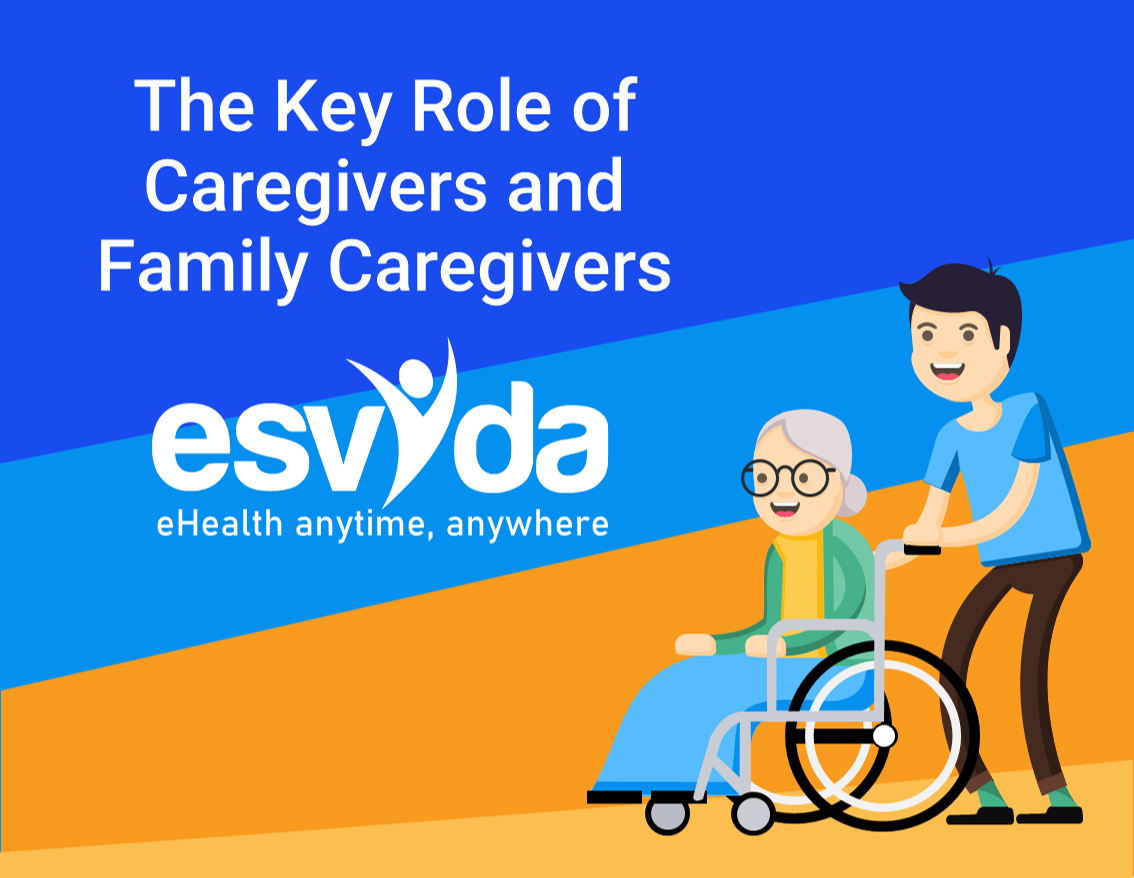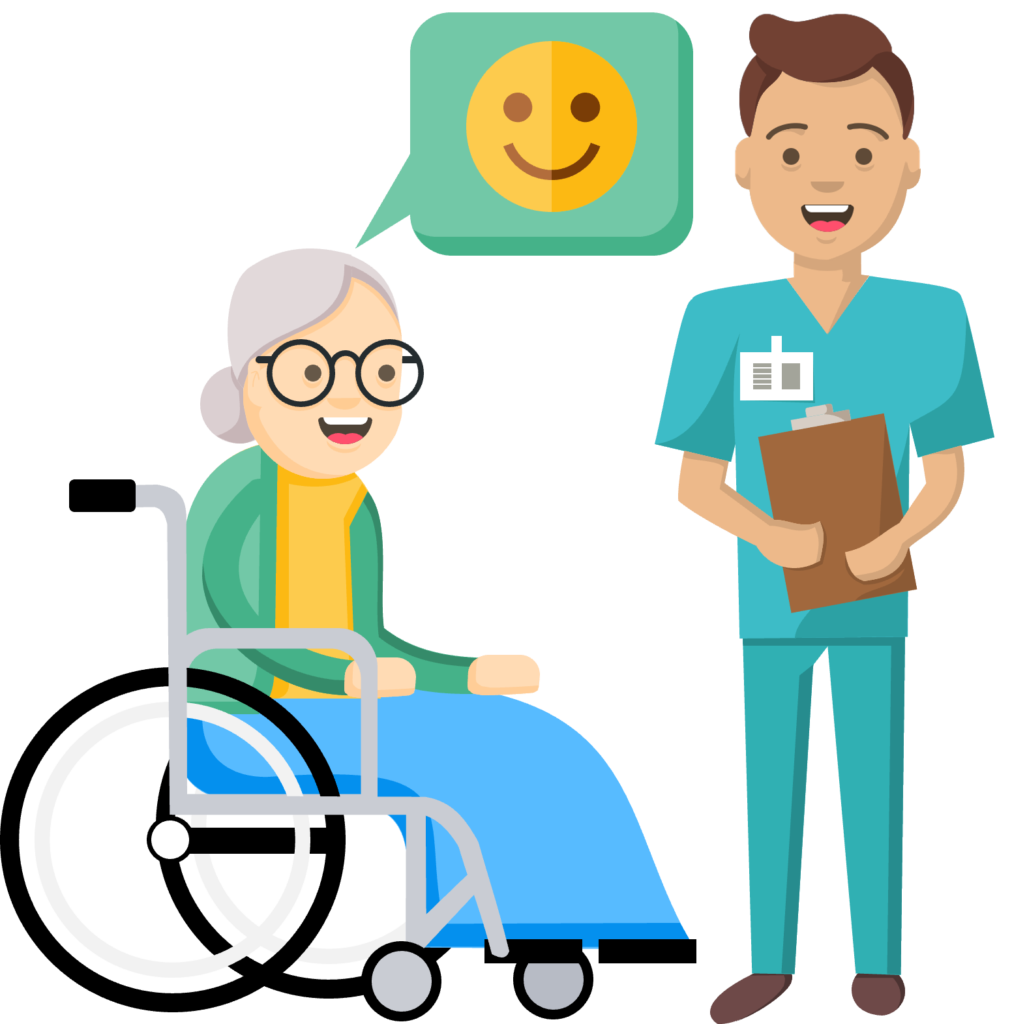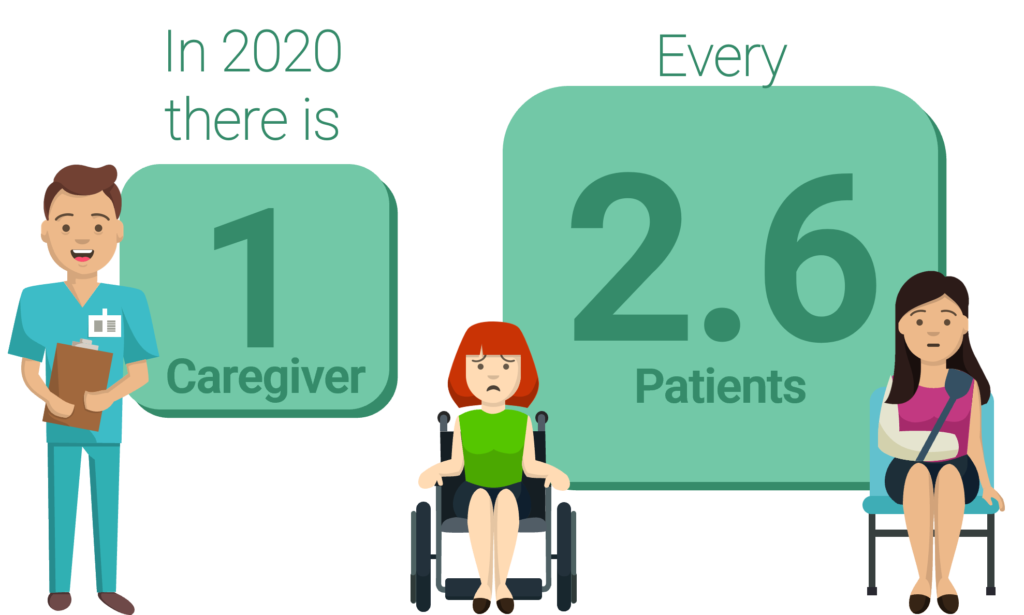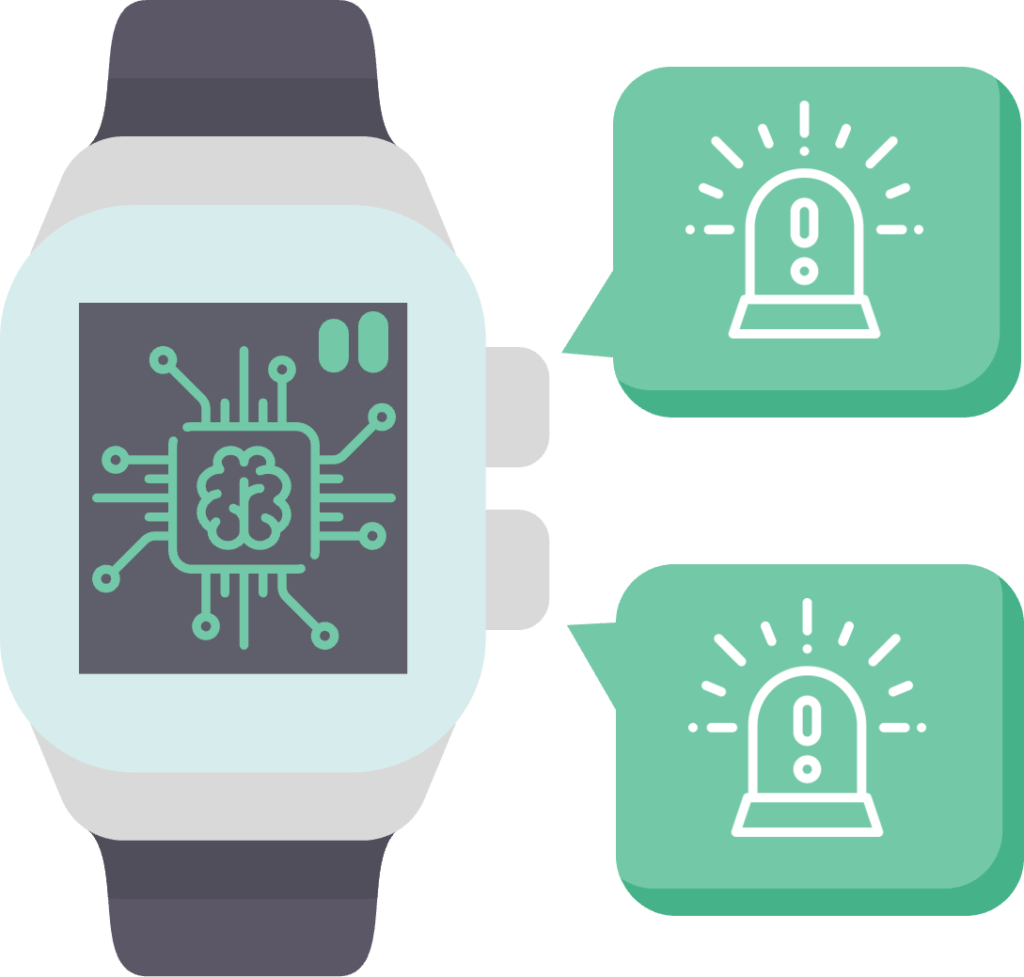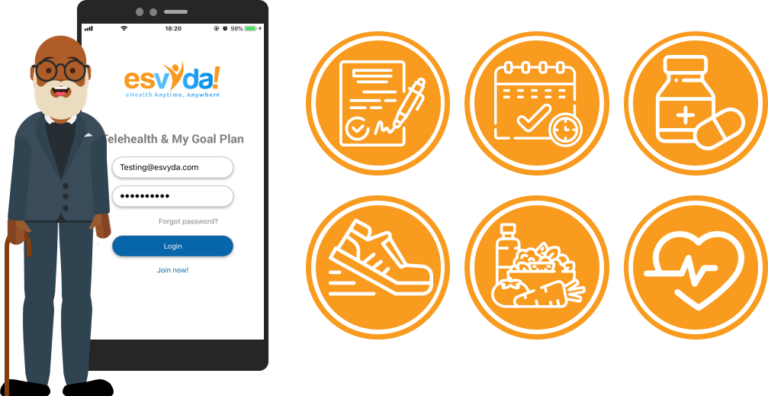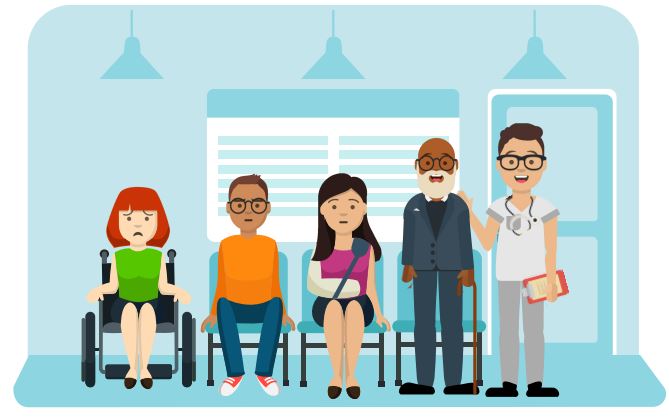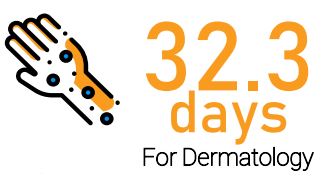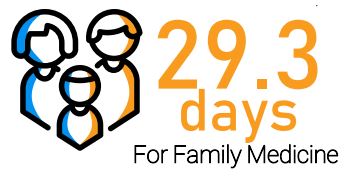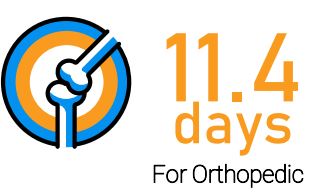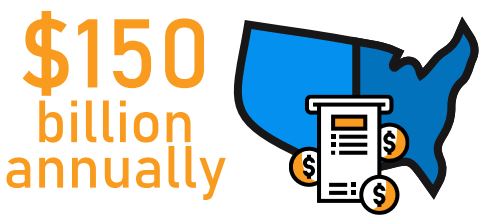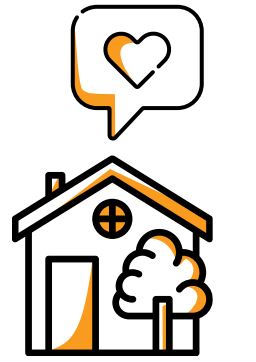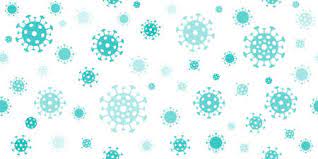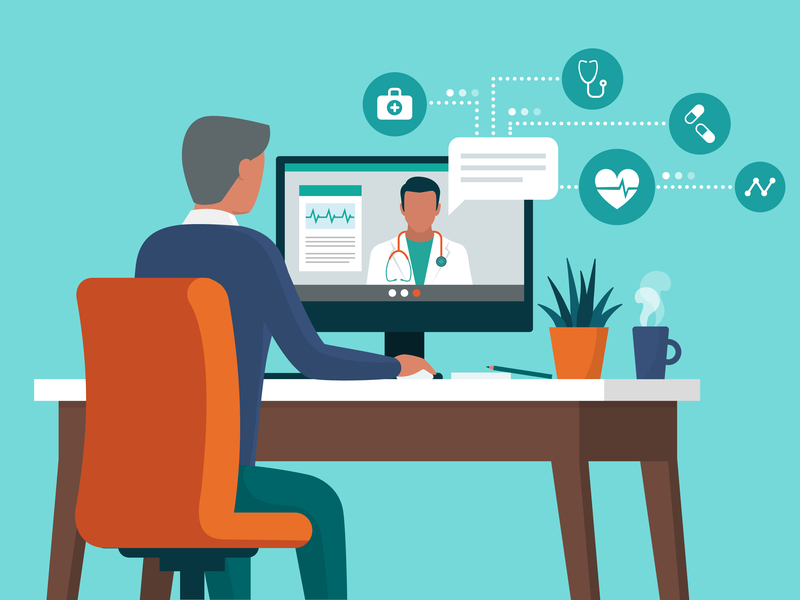What would you think if technology allows you to ...

- Connect easily and effectively with your doctors and your care team, through video and secure messages or e-mails?
- Have the right tools to track your vital signs anytime, anywhere by yourself, even when you are not in your Doctor’s office?
- Have Lifestyle Coach support 24/7, for any ADL (Activities of Daily Living) such as nutrition or physical activity?
1. Secure real-time communication technology
- With private, customizable, secure, and efficient messaging technology, patients can easily connect with their care team.
- Using customizable, secure, and efficient communication Virtual consultation /Telehealth channels, patients can connect with their care team.
- Doctors can document the Virtual consultation /Telehealth encounters and interoperate with EHRs, for better access to patients’ medical information.
- Reminders of appointments will be sent to patients and doctors for reducing "missed appointments" levels.

2. Esvyda makes technology easier for seniors
We provide a senior-designed platform offering a single channel for presenting benefits, health-related, and other sources to support them.
All this high-tech structure saves healthcare costs. Hospitals readmit within 30 days, nearly one out of five discharged Medicare patients. Costing over $26 billion every year. (APTA)
Of U.S seniors want to access to medical records.
Of Medicare patients use an Internet connection
3. The help patients need
Esvyda is aware of patients’ role in their own treatment. We understand that active participation and efficient communication with health care providers are the keys to successful outcomes.
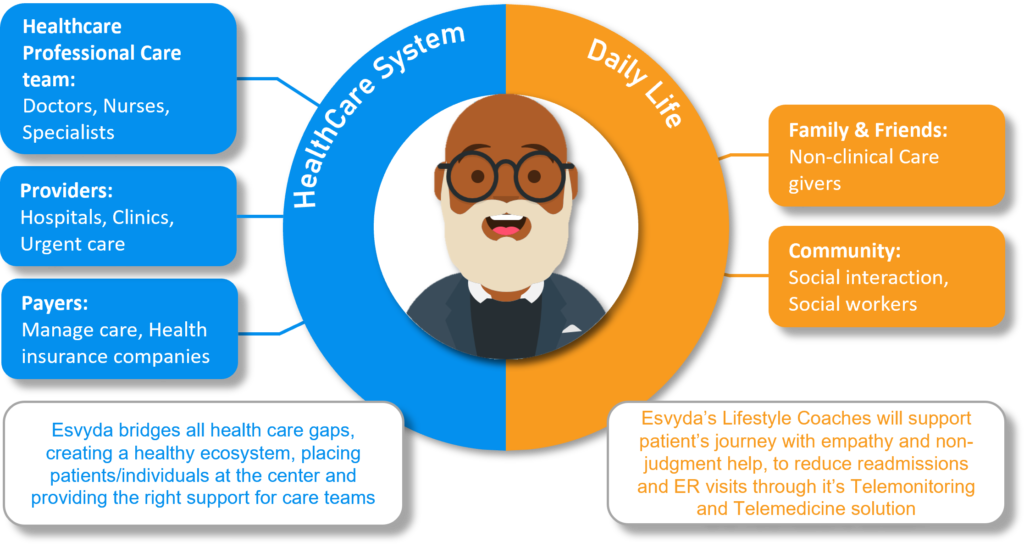
Technology with emphasis on bilingual population. (English and Spanish)
We understand the Spanish-speaking population’s health and technology needs. We commit to helping and educating all the health members involved, improving patients’ health and lifelong healthy behaviors.
Remote Patient Monitoring and Telehealth benefits.
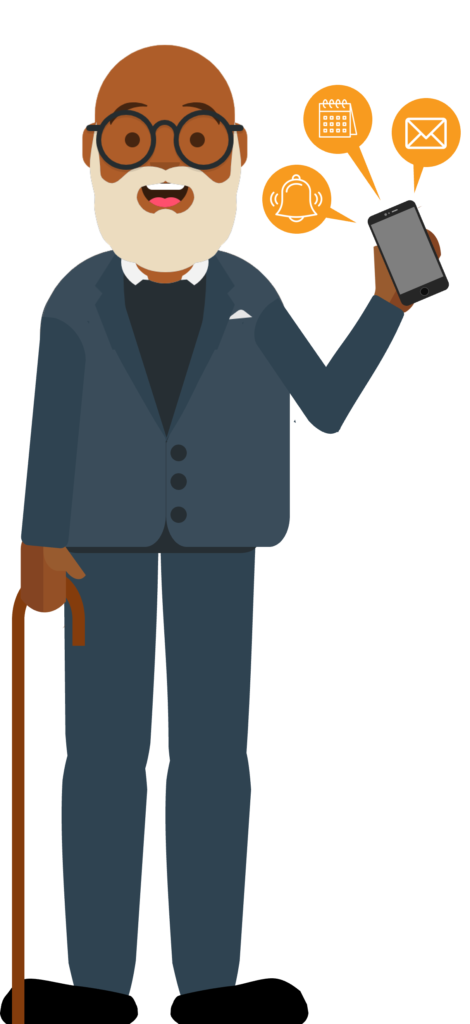
- We integrate with Doctor’s Electronic Health Record. They can get a report of all patient's activities and health information inside and outside the offices.
- Patients can manage and follow-up all their assigned tasks, through personalized care plans and action plan management
- Patients can have their overall health information at their hands. Our mobile application and web portal show a complete summary of patients' health progress and care plan adherence. They are available for patients and their care team and authorized family members.
- Health management includes medication, treatment, goals, and appointment reminders, and alerts
- Integration with wireless medical devices and wearables to track patients' vital signs and encouragement for meeting their health goals.
- We support patients on the journey! A pool of coaches and advisors is available whenever patients have non-medical health-related questions.
